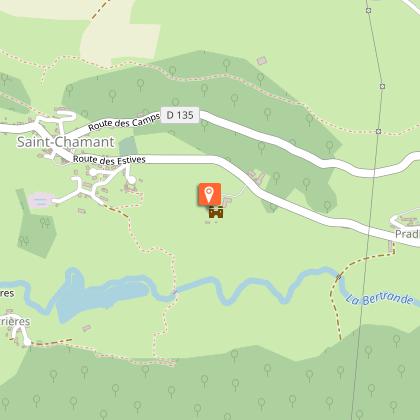Tours
Activities
Places of interest
Where to eat
Where to sleep
Catherine de Vreede: Experience Natural Laroquevieille, Cantal
Are you the owner?Uncover the wonders of Laroquevieille, nestled in the heart of Cantal in the Auvergne region, during your stay at Catherine de Vreede. The surrounding area is brimming with picturesque landscapes and activities for all ages. Explore the marked hiking trails that wind through the mountains, or take a leisurely walk discovering local wildlife and flora. History and culture enthusiasts can visit medi...See more
Walking around CATHERINE DE VREEDE
See more suggestionsHikes for all levels in CATHERINE DE VREEDE.
See more suggestionsWhat to do in CATHERINE DE VREEDE
See more suggestionsExplore the many bookable activities in CATHERINE DE VREEDE and make the most of every moment.
See more suggestionsIGN cards

2435OTR - MONTS DU CANTAL RESISTANTE PNR DES VOLCANS D'AUVERGNE
Editor : IGN
Collection : TOP 25 RÉSISTANTE
Scale : 1:25 000
17.20€
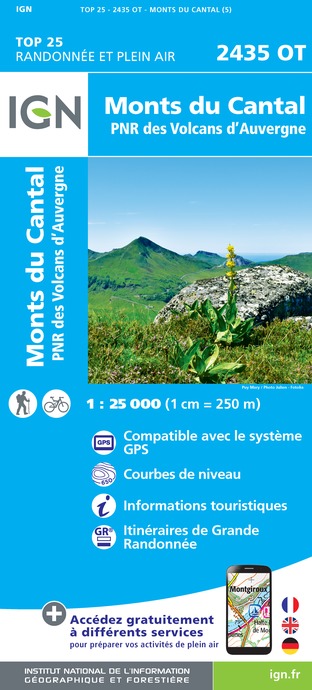
2435OT - MONTS DU CANTAL PNR DES VOLCANS D'AUVERGNE
Editor : IGN
Collection : TOP 25 ET SÉRIE BLEUE
Scale : 1:25 000
13.90€

2335SB - PLEAUX SAINT-CERNIN SALERS
Editor : IGN
Collection : TOP 25 ET SÉRIE BLEUE
Scale : 1:25 000
13.90€
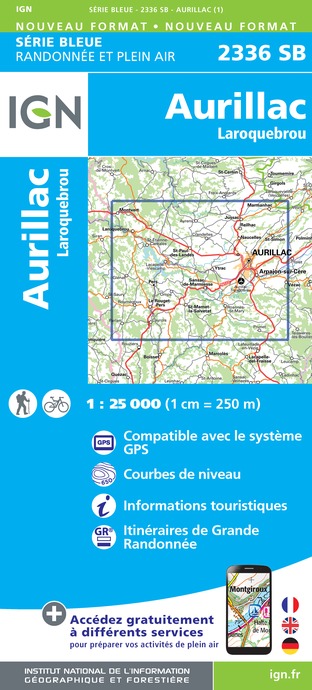
2336SB - AURILLAC LAROQUEBROU
Editor : IGN
Collection : TOP 25 ET SÉRIE BLEUE
Scale : 1:25 000
13.90€
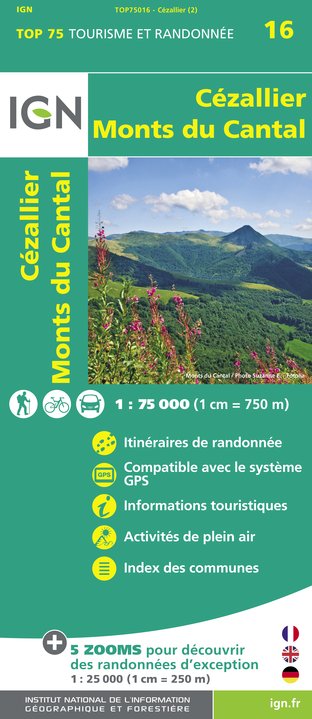
TOP75016 - CEZALLIER MONTS DU CANTAL
Editor : IGN
Collection : TOP 75
Scale : 1:75 000
9.80€
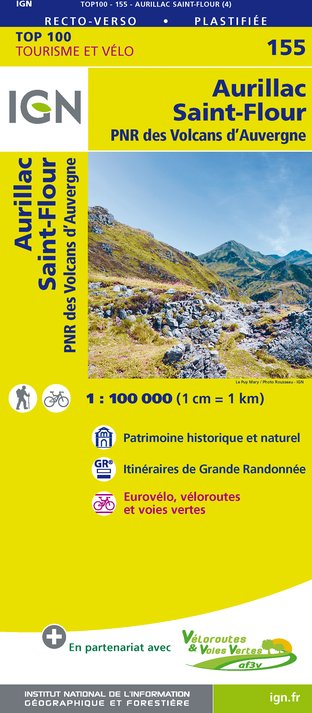
155 AURILLAC SAINT-FLOUR PNR DES VOLCANS D'AUVERGNE
Editor : IGN
Collection : TOP 100
Scale : 1:100 000
8.40€

D15-19 CANTAL CORREZE
Editor : IGN
Collection : CARTES DÉPARTEMENTALES IGN
Scale : 1:150 000
5.90€
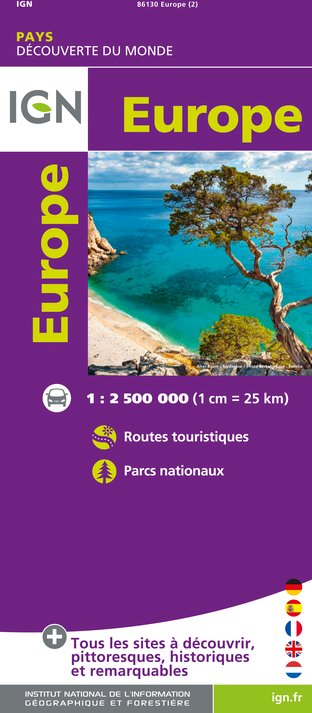
EUROPE
Editor : IGN
Collection : DÉCOUVERTE DES PAYS DU MONDE IGN
Scale : 1:2 500 000
7.00€
What to visit in CATHERINE DE VREEDE
See more suggestionsAttend shows and concerts in CATHERINE DE VREEDE.
See more suggestionsWhere to eat in CATHERINE DE VREEDE
See more suggestionsFood enthusiasts will love CATHERINE DE VREEDE's restaurants.
See more suggestionsWhere to sleep in CATHERINE DE VREEDE
See more suggestionsDiscover available accommodations around CATHERINE DE VREEDE.
See more suggestions



























